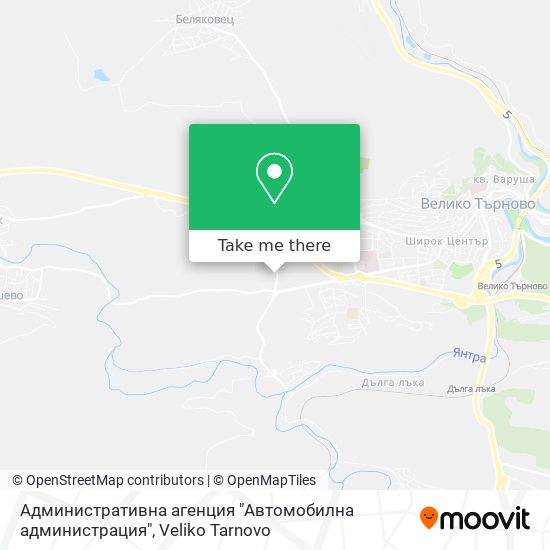
The Bulgarian tsars Kaloyan (1168–1207) and Ivan Asen II, as well as several other members of the royal families and Bulgarian nobility, are buried here. Forty Holy Martyrs,” built in celebration of Tsar Ivan Asen II’s (1218–1241) victory against Epir Despot Teodor Komnin (1180–1273), is one of the most prominent medieval cathedrals. The archaeological digs on the hill continue, and fresh and intriguing discoveries are continually being made.Īpart from its ancient hills, Veliko Tarnovo is well-known for its many orthodox temples. Its historical wealth is immense and has not been fully explored. The Patriarch’s home was located on the highest point of Tsarevets, as was the Patriarch’s cathedral, “The Ascension of Christ.”Īdditionally, there is another historical hill near Tsarevets called Trapezitsa. Petka,” many residential and business structures, water reservoirs, and combat towers. Although Tsarevets is encircled by a defended wall, excavations reveal that it was not a closed fortress but a true medieval town, with the following objects rising in its center: the palace, the church “St. Veliko Tarnovo’s most notable cultural landmark is the medieval fortification Tsarevets, which is perched atop the eponymous mountain and bordered on three sides by the river Yantra. The town was established as the capital of the reestablished Bulgarian state in 1185 by the brothers Asen and Petar, who also announced the end of the Byzantine authority, which lasted 167 years.įollowing its designation as capital, the town grew rapidly, becoming the most impregnable Bulgarian stronghold and cultural and intellectual hub of the country during the 12th and 14th centuries.

Veliko Tarnovo’s renaissance is connected to the Second Bulgarian Empire (1185–1393). Veliko Tarnovo is one of the country’s oldest settlements, with archaeological evidence indicating that it goes all the way back to more than five thousand years ago. From antiquity to the current day, the town’s position as a crossroads and crossing point for several highways, trade links, and routes aided in its economic and cultural growth. The town has a population of around 70 000 people and occupies an area of 30.4 square meters. Regular transportation is available from bigger towns and cities. Veliko Tarnovo is also accessible by bus or rail.

Gorna Oryahovitsa airport is located 10 kilometers from Veliko Tarnovo. The village is located in the Yantra valley, 241 kilometers from the capital Sofia, 228 kilometers from the city of Varna, and 107 kilometers from the town of Ruse. Veliko Tarnovo is a town in northern Bulgaria that serves as the administrative headquarters for Veliko Tarnovo county.


 0 kommentar(er)
0 kommentar(er)
